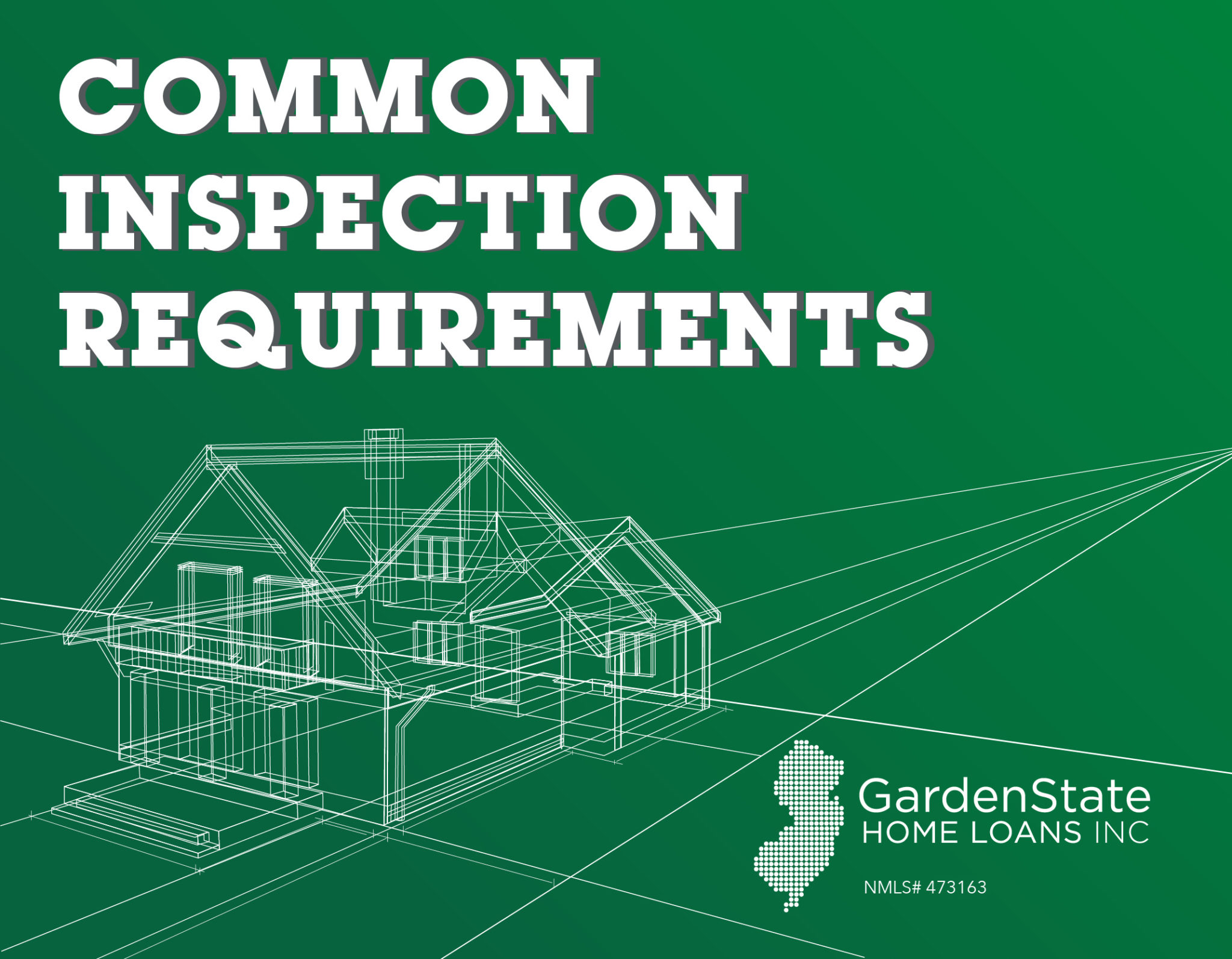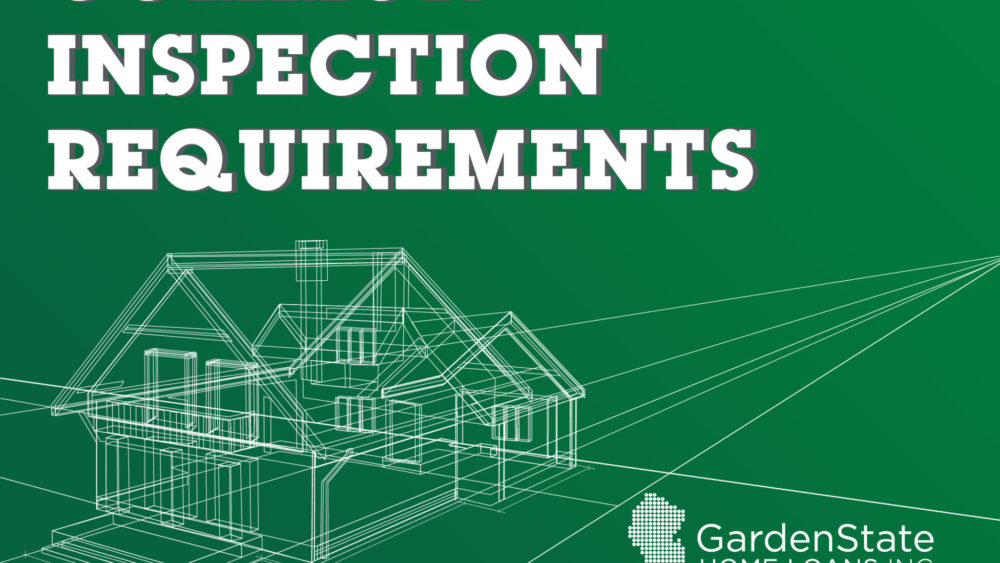
Home Inspection Checklist
- Structure
Inspecting the structure of the home includes looking over the floors, walls, roof framing, and ceiling of the home. From this, you’ll be able to know the foundation type, the materials used for framing, and the important sub-components of the home.
- Insulation and Ventilation
The insulation and ventilation inspection covers the home’s attic, floors, lines, crawlspace, and ductwork. During this piece of the home inspection, the air and vapor barriers are also checked.
- Exterior
The inspection of the home’s exterior spans the doors, siding, trim, flashing, and if present, decks, porches, balconies, and steps. The home inspector will also check the surface drainage, landscaping, grading of the property, as well as walkways and driveways.
- Roof
The inspector will be checking the roof draining systems, chimneys, roof penetrations, and roofing materials. If there is anything preventing the inspector from getting on the roof to check, such as poor weather conditions, the inspection will be done from around the edges or from the ground.
- Plumbing
Plumbing is inspected to look for unsanitary conditions, repairs, and the possibility of freeze vulnerability and spillage or overflow. This includes the piping, faucets, and other fixtures in the home. In addition to the plumbing, an inspector may look at the water equipment and ventilation systems.
- Electrical
The electrical inspection includes the entrance conductors, equipment, service drop, grounding, and main disconnect. Along with the location of the main disconnects and sub-panels, the voltage and amperage rating will be identified.
- Interior
The interior inspections look at ceiling surfaces, floors, railings and stairways, countertops, and cabinets. Additionally, the interior inspection will also look for any signs of water penetration. Finally, if there were new appliances installed, they are also inspected to check for any deficiencies.
- Heating and Air Conditioning
If the home has heating and air conditioning units, the inspector will check the systems to see their age, capacity, and when they expected the units to be replaced or repaired.
Common home inspection problems:
- Faulty Wiring
- This can be found through open junction boxes, amperage mismatches, and missing wire nuts.
- Poor Grading and Drainage
- This can be found through spongy soil around foundation, and signs of leakage in the basement.
- Faulty Gutter
- Faulty gutters are evident through clogged or bent gutters, and water not channeled away from the house.
- Basement Dampness
- Basement dampness is shown through water stains, powdery residue on walls, mold or mildew.
- Roof Problems
- Signs that there are roof issues include brittle or cracked shingles, and broken or missing flashings.
- Foundation Flaws
- Cracks in the foundation, sloping floors, and doors and windows that stick are all signs of foundation issues.
- Poor Upkeep
- Poor upkeep is shown through old painting, worn carpeting, and a cracked driveway.
- Faulty Plumbing
- Inadequate water supply, slow drains, and signs of leakage on the roof are signs that your plumbing is faulty.
- Poor Ventilation
- If there’s extreme heat in the attic and vapor condensation, there may be a ventilation problem in your home.
- Defective Heating
- Any cracks in the heat exchanger or water tank can be signs of defective heating.


Comments are closed.